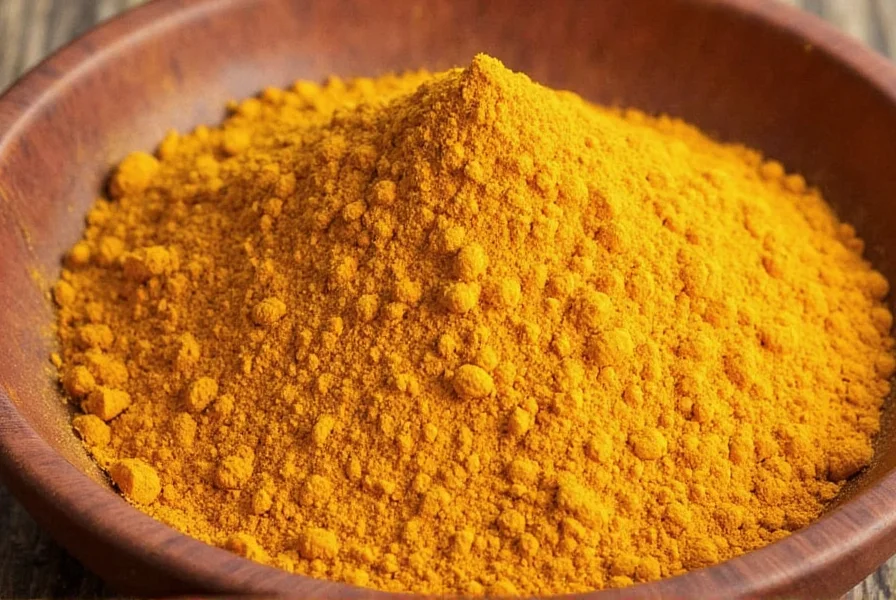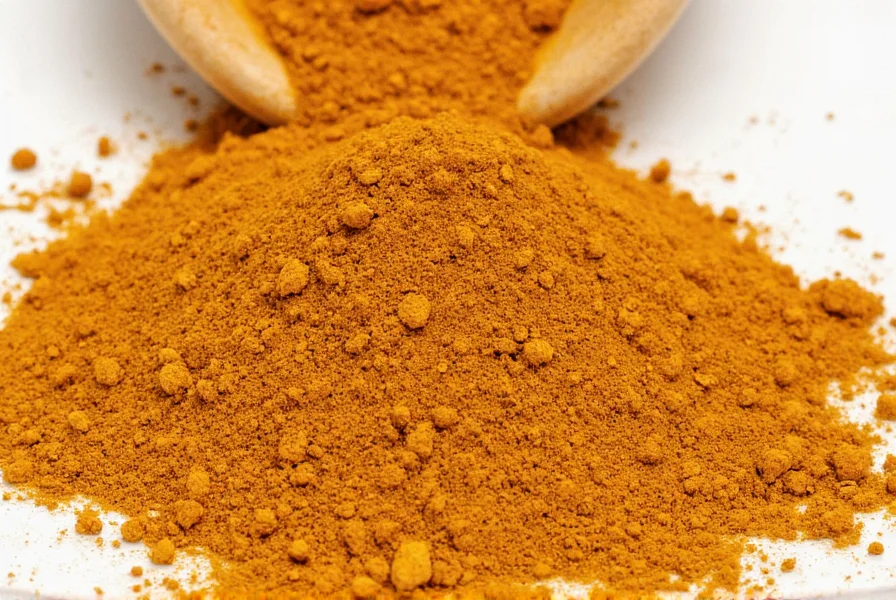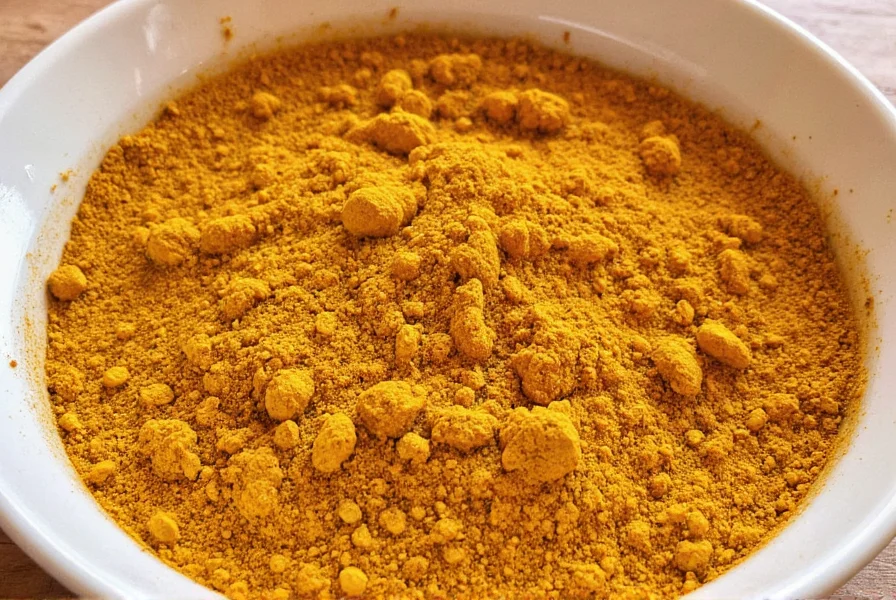While the term “curry” refers to a wide variety of spiced dishes from the Indian subcontinent, the pre-mixed curry powder found in Western supermarkets is actually a British invention. This distinction is crucial for understanding the true history behind this popular spice blend.
The Historical Journey of Curry Powder
The concept of “curry” itself comes from the Tamil word “kari,” meaning sauce or relish. In India, cooks traditionally create fresh spice blends for each dish rather than using a standardized powder. Indian cuisine features hundreds of regional spice combinations like garam masala, sambar powder, and panch phoron—each with distinct ingredients and purposes.
During the British colonial period in India (1858-1947), British officials and soldiers developed a taste for Indian cuisine but lacked the knowledge to recreate complex spice blends. British merchants saw an opportunity and began producing pre-mixed spice combinations that could be easily shipped back to England. By the early 19th century, commercial curry powders appeared in British markets, with brands like Crosse & Blackwell establishing curry powder as a pantry staple.

Curry Powder vs. Traditional Indian Spice Practices
Understanding where curry powder comes from requires recognizing how it differs from authentic Indian cooking practices:
| Curry Powder (Western) | Traditional Indian Spice Blends |
|---|---|
| Standardized commercial blend | Freshly prepared for each dish |
| Typically contains turmeric (giving yellow color) | Color varies by region and dish |
| Developed for shelf stability | Used immediately after preparation |
| One-size-fits-all approach | Hundreds of regional variations |
Most commercial curry powders contain turmeric as a primary ingredient, which gives them their characteristic yellow color. However, many traditional Indian dishes don't use turmeric at all, and the emphasis on yellow curry reflects British expectations rather than authentic regional cooking.
Global Evolution of Curry Powder
From its British origins, curry powder spread globally through colonial trade routes. Different regions adapted the concept to local tastes:
- Japan: Introduced curry powder in the late 19th century, creating a sweeter, thicker version that became national dish
- Thailand: Developed its own curry pastes using fresh ingredients rather than dry powders
- Caribbean: Created unique blends incorporating local spices like allspice and Scotch bonnet peppers
- South Africa: Developed “Cape Malay” curry blends with distinctive flavor profiles
Today's commercial curry powders typically contain a base of coriander, cumin, turmeric, fenugreek, and chili peppers, though exact formulations vary widely by brand and intended use. Some premium blends may include up to 20 different spices carefully balanced for specific culinary applications.

Modern Understanding of Curry Powder Origins
Food historians now recognize that “curry powder” represents a fascinating example of culinary adaptation and cultural exchange. While it doesn't reflect traditional Indian cooking methods, it has developed its own culinary significance worldwide.
Contemporary chefs and home cooks increasingly understand the difference between authentic regional Indian spice blends and Western-style curry powder. Many now use curry powder as a convenient starting point while supplementing with fresh ingredients to create more complex flavors.
When exploring where curry powder comes from, it's important to appreciate both its historical context and its evolution into a global pantry staple that has influenced cuisines far beyond its British-Indian origins.
Frequently Asked Questions
Is curry powder originally from India?
No, commercial curry powder as commonly sold today originated in 18th-19th century Britain. While inspired by Indian cuisine, it was created by British merchants attempting to replicate Indian flavors with a standardized blend for convenience.
What's the difference between curry powder and traditional Indian spice blends?
Curry powder is a standardized commercial blend developed for shelf stability, typically containing turmeric as a primary ingredient. Traditional Indian cooking uses freshly prepared spice blends that vary by region and dish, with hundreds of variations like garam masala and sambar powder that don't follow a one-size-fits-all approach.
Why does curry powder contain turmeric?
Turmeric became a primary ingredient in Western curry powder because it provided the yellow color that British consumers associated with 'curry'. Many traditional Indian dishes don't use turmeric at all, but British merchants standardized it in their commercial blends to meet consumer expectations of what 'curry' should look like.











 浙公网安备
33010002000092号
浙公网安备
33010002000092号 浙B2-20120091-4
浙B2-20120091-4